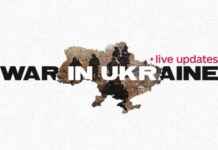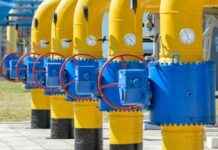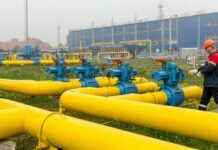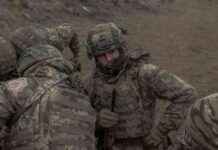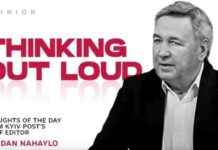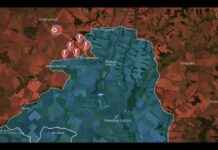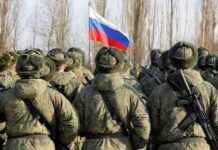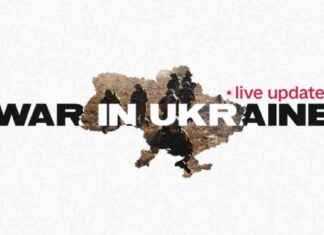Russian President Vladimir Putin made a surprise visit to Kursk Oblast amidst ongoing battles between Russian and Ukrainian forces. The visit marked Putin’s first appearance in the region since Ukrainian forces launched operations there. Putin convened a meeting at an undisclosed military command post of the Kursk group of troops on Wednesday, March 12. While the exact location remained undisclosed, Russian state media captured footage of Putin in camouflage, receiving a briefing from Chief of the General Staff Valery Gerasimov.
During the meeting, Gerasimov reported significant progress by Russian forces, claiming they had advanced over a thousand square kilometers in Kursk Oblast. He detailed the recapture of 24 settlements in the past five days and even mentioned incursions into the Sumy region. Gerasimov described the Ukrainian Armed Forces (AFU) in the Kursk region as “isolated” and emphasized ongoing efforts to systematically dismantle their presence. In response, Putin issued orders for his forces to swiftly eliminate the enemy and secure full control over Kursk Oblast, suggesting the establishment of a security zone near the state border.
Contradictory statements from Putin regarding the treatment of captured Ukrainian soldiers added an intriguing layer to the visit. Initially labeling them as terrorists under Russian law, Putin later emphasized the humane treatment of all captives. However, he explicitly excluded foreign fighters from protection under international conventions, citing their status as mercenaries. The AFU’s Commander-in-Chief, Oleksandr Syrsky, highlighted the intense fighting in Sudzha and surrounding areas, emphasizing the priority of protecting Ukrainian soldiers’ lives.
The visit, captured in videos released by Russian journalist Pavel Zarubin, sparked controversy due to technical glitches that distorted Putin’s voice. Kremlin spokesperson Dmitry Peskov attributed the issue to a synchronization error that was quickly rectified. The symbolism behind Putin’s choice to appear in military attire at the command post underscored his resolve to continue hostilities and reject ceasefire proposals from the US and Ukraine. Expert analysis from Russian Telegram channels suggested that Putin’s military garb served as a deliberate message signaling his refusal to negotiate on unfavorable terms with Western counterparts.
Western media reaction to Putin’s visit portrayed it as a defiant display of strength amidst Ukraine’s territorial losses. The Financial Times, The Guardian, CNN, and ABC News all interpreted Putin’s statements and actions as strategic moves to consolidate Russian gains and assert dominance in the ongoing conflict. The Institute for the Study of War (ISW) provided a detailed breakdown of Sudzha’s capture by Russian forces and analyzed Putin’s visit as a calculated effort to showcase wartime leadership and bolster his image as a strong military commander.
Putin’s appearance in military uniform during the Kursk visit marked a departure from his usual attire, signaling a shift in his public image and approach to the conflict. The ISW highlighted the significance of Putin’s choice and its implications for future engagements with US officials. As Putin prepares for discussions with US Special Envoy Steve Witkoff, his military persona serves as a strategic positioning tactic to assert authority and project strength on the global stage. The visit to Kursk Oblast encapsulates Putin’s multifaceted approach to the conflict, blending military prowess with diplomatic maneuvering in a high-stakes geopolitical landscape.

